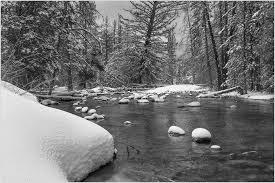December 1st "Climate and Water Report", NRCS-Utah Snow Survey

Current Valley Conditions (SCAN)
The 2021 water year continues its poor start in Utah’s valley locations, with an average of just 0.4 inches of precipitation accumulated in November. The very low soil moisture levels in both high and low-elevation Utah reflects the lack of consistent storm activity. Unfortunately, soil moisture levels this low represent a substantial deficit to overcome before drought conditions can improve. Speaking of drought conditions, almost 70% of the state is in the Exceptional Drought (D4) category (which is the worst rating given). We increasingly need an entire weather pattern change, more than just a few large storms, to erase these deficits.
Current Mountain Conditions (SNOTEL)
November was a tease. After a promising midmonth storm system boosted early snow amounts in Utah’s mountains, no significant precipitation was received thereafter. As a result, Utah’s snow and water supply conditions continue to worsen. November precipitation at Utah’s SNOTEL sites was 88% of average, bringing the water-year-to-date value down to 58%. Statewide soil moisture is currently only 26% of saturation which is 10% below last year’s value at this time. In fact, current soil moisture levels are ‘off-the-charts’ bad, meaning that we haven’t seen soils this dry since the probes were installed at Utah’s SNOTEL sites roughly 20 years ago. Current reservoir storage is at 61% of capacity, down 15% from last year. The Water Availability Indices (WAI) for Utah basins are all below average except for the Bear River watershed. Numerous basins in Utah have frighteningly low WAI values, including the Blacks Fork (bottom 8th percentile), Eastern Uintas, Beaver, Lower Sevier, and San Pitch. We said it last month, and let’s repeat it again here: we desperately need snow!!!
To read the entire report, please click here.

